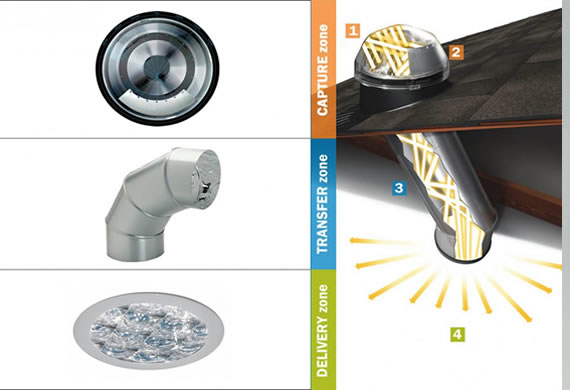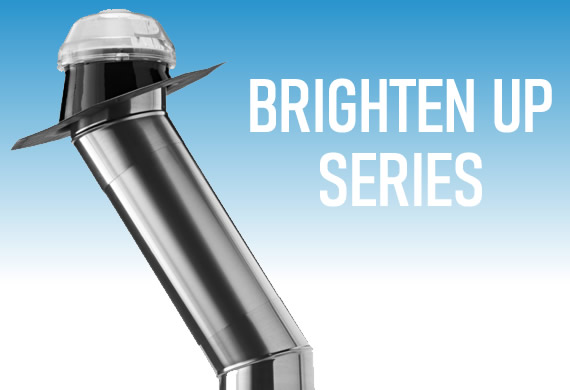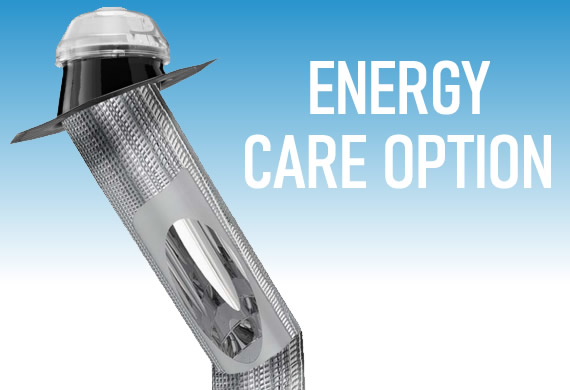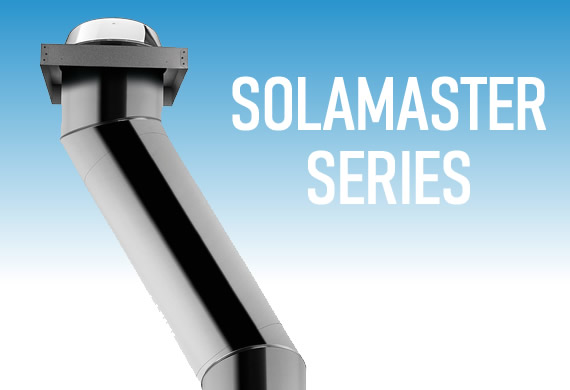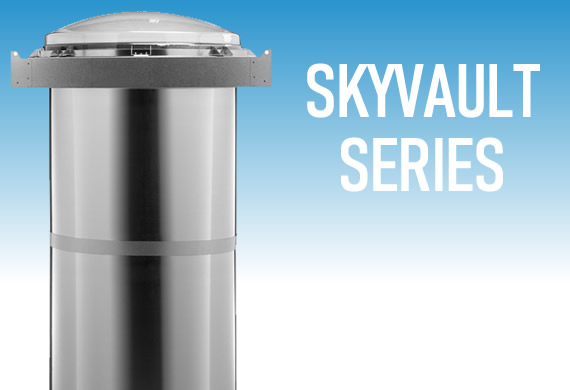
Are you grappling with winter blues
Are you grappling with the winter blues? If you're experiencing a dip in energy as we transition into the darker days of autumn and winter, you might be dealing with Seasonal Affective Disorder (SAD), a form of depression linked to seasonal changes. For many individuals, the onset of shorter days and reduced daylight can drain their vitality, leading to mood swings and social withdrawal. It is important to note that people react differently to these changes, and some are more affected than others.
But what's the underlying cause of SAD?
While researchers haven't pinpointed the exact cause of SAD, they have identified a primary factor: a lack of daylight. An early 1990s survey found that nearly 20% of the general population reported SAD symptoms. Studies have shown that adequate daylight in naturally lit buildings can effectively combat this disorder (Charleston Gazette, March 12, 2000).
The diminishing daylight in autumn and winter disrupts our circadian rhythms, throwing our internal clock out of sync. Anything that boosts our exposure to daylight can be beneficial, and a Solatube tubular skylight can help by channelling daylight into your home, maintaining adequate light levels.
The absence of sunlight has two significant effects:
Reduces serotonin levels: Serotonin, often referred to as the "happy chemical," is a neurotransmitter that elevates our mood.
Increases melatonin levels: Melatonin is a natural hormone produced by our bodies that regulates our sleep-wake cycle.
With both of these factors working against us, it's no wonder we experience seasonal unease. Fortunately, there are several natural and cost-effective ways to cope with the "winter blues." Here's a closer look at some treatments and lifestyle adjustments to help you maintain a stable mood and motivation throughout the season. If you're struggling to function normally and manage SAD, it's advisable to seek the guidance of a trained medical professional, as they may recommend additional treatments in addition to the resources mentioned below.
Lighten up: Light therapy or phototherapy is a common approach for treating SAD. During light therapy, individuals sit or work near a light therapy box that emits bright light, mimicking natural outdoor light. This helps trigger a chemical change in the brain that alleviates depression.
(https://www.lumie.com/)
One of the most extensive studies on using daylight to treat clinical depression, published in the journal Biological Psychiatry in 1992, found that hospitalised patients who received light treatment were significantly less depressed than those exposed to artificial light.
Get outside: Nothing beats the great outdoors. While light therapy is effective, it can't fully replace exposure to natural daylight. Take some time each day to go outside or arrange your living and working spaces to maximise natural light exposure. This can be achieved by rearranging furniture or installing daylighting devices like Solatube or tubular skylights, which efficiently bring daylight into dark rooms and areas of your home that lack windows.
Sweat it out: Exercise is another excellent way to combat SAD. Physical activity releases endorphins, hormones that reduce pain and boost feelings of well-being, while also enhancing your metabolism and energy levels. To maximise the benefits, exercise outdoors during daylight hours for that extra sunlight boost. Even as little as 10 minutes a day can make a difference.
Eat right: Nutrient-rich foods can help elevate your mood. During the winter, many people tend to consume an excess of carbohydrates and sweets. While comfort food might offer immediate relief, it's essential to incorporate nutritious foods that naturally uplift your mood.
Additional help: Consider herbs and supplements. If dietary changes don't suffice, think about using food or herbal supplements as a natural remedy for SAD. For instance, studies suggest that omega-3 fatty acids found in fish oil can promote emotional balance, along with Vitamin D, St. John's wort, and B vitamins.
If you're experiencing symptoms of SAD, don't dismiss them as an inevitable consequence of winter. Taking action when you notice these symptoms can make a significant difference in your winter season.
The importance of daylighting in interior spaces is increasingly recognised in architectural design. Studies have demonstrated that increased daylight improves productivity in the workplace, accelerates patient recovery in healthcare settings, and enhances students' academic performance. Additional benefits of daylighting include maintaining our circadian rhythms and reducing stress. In Europe, these advantages have long been acknowledged, leading to regulations that mandate minimum levels of daylighting in buildings.
If you are interested in bringing natural light into your home, why not give us a call at Solatube Scotland to find out whether a Solatube tubular skylight can help you. Typically, a fully installed system might cost anywhere between £900 - £1,200; that’s supplied, professionally installed and includes the VAT
For more information and pricing, email info@solatubescotland.co.uk or call us on 07778 283427.
We service these postal codes and surrounding areas: AB,DD, DG, EH, FK, G, HS, IV, KA, KW, KY, ML, PA, PH, TD, ZE
We service all towns and cities in Scotland, including the surrounding areas: Aberdeen, Ayr, Aviemore, Cumbernauld, Dumfries, Dundee, Dunbar, Edinburgh, Elgin, Eyemouth, Falkirk, Fort William, Galashiels, Glasgow, Greenock, Inverness, Irvine, Kilmarnock, Kirkcaldy, Lanark, Livingston, Moffat, North Berwick, Oban, Paisley, Peebles, Perth, Peterhead, Selkirk, St. Andrews, Stirling

